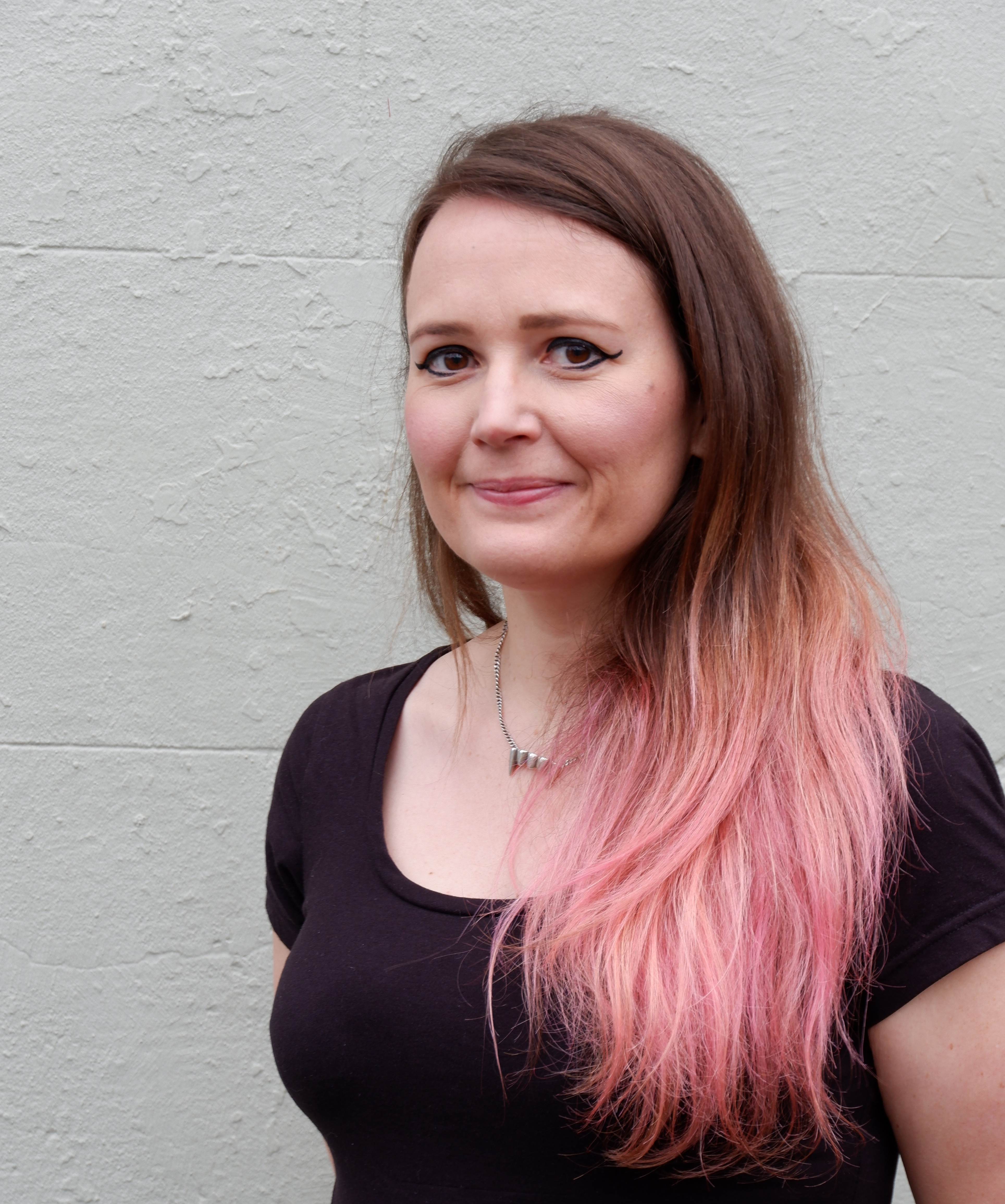10/10/2023

Our 2023 Beatrice Davis Editorial Fellow – Allen & Unwin children’s and YA editor Sophie Splatt – is currently travelling around the US, meeting with graphic novel publishers, editors, agents and creators for her research project ‘Graphic novels: Can we grow them at home?’.
In her previous update, Sophie recounted her attendance at Comic Con International, and here she tells of her experience visiting New York – ‘the epicentre of English language trade publishing’, along with attending a course on graphic novels.
Emerging from the ethereal beauty of the Oculus into the bustling streets of Manhattan, I couldn’t help having the feeling that I’d arrived: this was it, the epicentre of English language trade publishing where I was sure to unearth the secrets to creating successful graphic novels. My first meeting was with agent Daniel Lazar from Writers House, who spoke candidly about the current market for graphic novels. More illuminating meetings followed, including a delightful journey up the Hudson River to speak with bestselling graphic novel creator Kayla Miller, which also involved a memorable, impromptu tour of the Sleepy Hollow Cemetery!
After two weeks in the Big Apple it was time to head to White River Junction in Vermont for a week-long graphic novel course at The Center For Cartoon Studies, an educational institution that offers tuition (up to MFA level) in sequential art. The train trip was long but beautiful, the greenery outside never-ending, but stepping off the train at dusk I couldn’t help but be filled with a sense of foreboding. It was Saturday night. Why were all the restaurants closed? And where was everyone? As I chewed on the crust of a lacklustre pizza I felt somewhat as though I’d stepped into the set of a Hallmark movie, but the cast and crew were long gone. Looking for a nearby convenience store to buy some essentials, I stumbled along dark paths, across several rivers and into another state entirely. The historic Hotel Coolidge did little to alleviate my worries – the stroll down the long, wonky corridor of the hotel could not have been more reminiscent of a scene from The Shining unless I’d come across an abandoned trike. I consoled myself with the old adage that everything is better in the morning, and how pleasant it was to be surprised by the small-town charm of White River Junction when the residents emerged in daylight.
Monday morning soon rolled around and twelve eager students filled the classroom at CCS for a week of instruction under cartoonist and comics scholar Paul Karasik, and teaching assistant Michael Albrecht. A combination of lectures, group exercises and work on individual graphic novel projects made for a busy week. We were also lucky to hear from James Sturm (CCS cofounder), who told us about the process of collaboration on the graphic novel adaptation of Watership Down, Katharine Woodman-Maynard (a former graphic novel workshop student) who spoke about her debut book The Great Gatsby: The Graphic Novel, and Dan Nott who discussed his graphic non-fiction book Hidden Systems.
While short-course students were able to browse and borrow from CCS’s incredible Schulz Library, filled to the brim with comics, zines, graphic novels and books about cartooning, the full-time nature of the course, plus evening homework on our individual projects, meant that sadly there was little time to read.
Inside the Schulz Library – 'the most incredible collection in a beautiful space'
The week sped by and when the course came to an end and I reflected upon all that I’d learnt, I found that the greatest insight came from being forced to think like a graphic novelist rather than an editor or publisher. What would I draw in this panel to convey what is happening at that point in the story? And exactly how would I draw it? What would words bring? And would those words even fit in the panel? It was all a rather different way for this editor to consider the intricacies of the graphic novel format, and a revelation I was grateful to have had early into my research.
Back in New York I launched into a fresh round of meetings. Offices in the post-Covid era were not the bustling hubs of activity that I’d long imagined New York publishing houses to be – they were largely empty, and sometimes the person I was meeting with was, in fact, the only person I sighted on my visit. Hybrid working was still very much the norm, as was the convention of pivoting to virtual meetings once influenza and Covid started circulating in September and people fell ill.
Last-minute meeting cancellations afforded me more time to explore the libraries and bookstores of New York (among other activities, of course – one can’t visit New York without enjoying the vast variety of museums, food, theatre, shows and shopping on offer!). Bookstores and comic stores were stocking graphic novels (and manga) in abundance, though it seemed there was no set standard when it came to shelving them.
I was so fortunate to speak with such a wide range of publishers and creators. A highlight was a day spent with Andrea Colvin and the team at LB Ink, the Young Readers’ graphic novel imprint at Little, Brown Books. Another highlight: those NYC high-rise office views! I was also grateful to Matt Huynh for organising a tour of Columbia University’s Butler Library with Karen Green, who has invested countless hours into curating a 20,000 item comic, cartoon and graphic novel collection. I could have spent days in those divine reading rooms but had to content myself with scanning the shelves and then peeking into some of the oversized comic books that I might not otherwise come across.
All too quickly, and with a jam-packed week of final meetings (and sightseeing!), my time in New York came to a close. And just what did I learn from those generous enough to make the time to meet with me and share their knowledge? Well, you’ll have to read my upcoming report to find out!

Follow Sophie’s experiences in the US on Instagram @editor_abroad.
About the Beatrice Davis Editorial Fellowship
The Beatrice Davis Editorial Fellowship was established by the Australian Publishers Association in 1998 and supports a senior editor in a major research project that has significance for the Australian publishing industry. Following the research the fellow shares their findings with the wider industry, and helps promote and apply any practical outcomes or recommendations.
The 2023 Beatrice Davis Editorial Fellowship has been assisted by the Australian Government through Creative Australia, its arts funding and advisory body, and the APA’s Trade Publishers Committee.